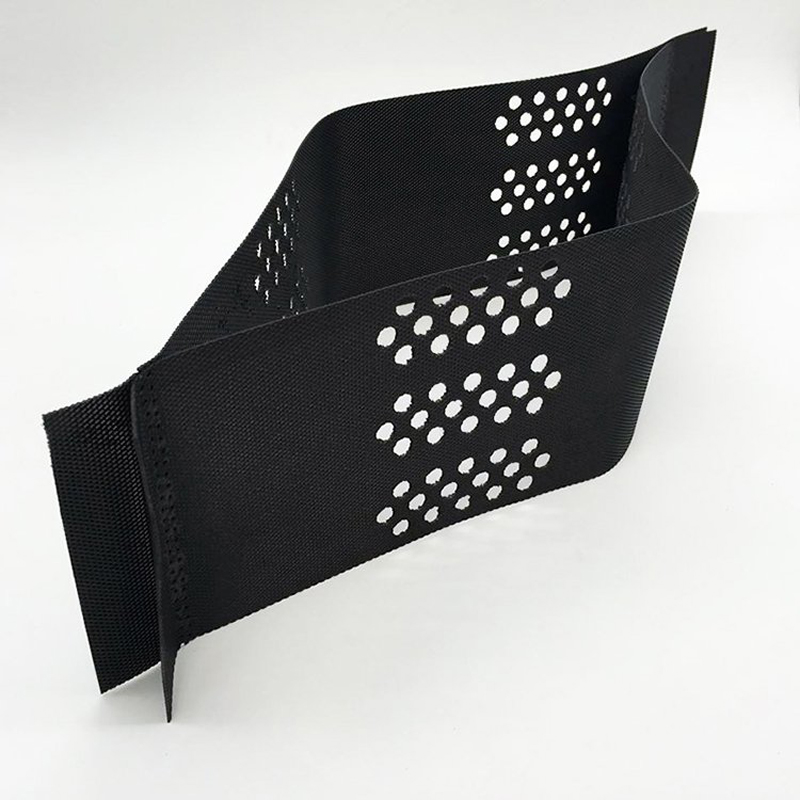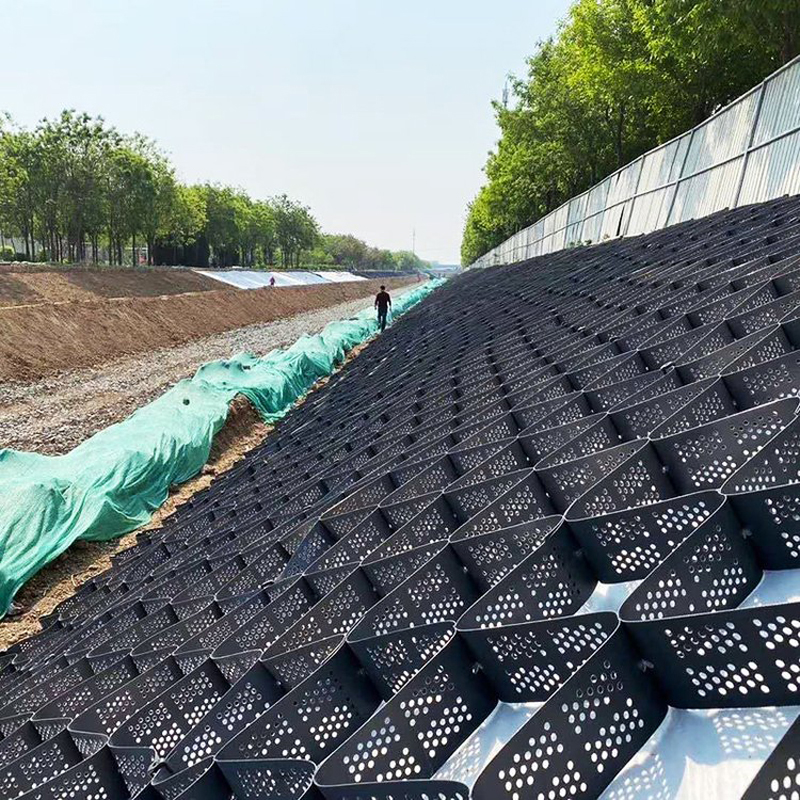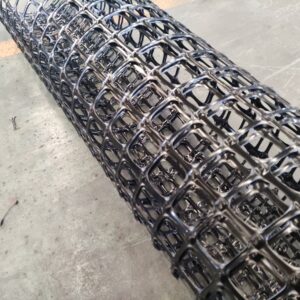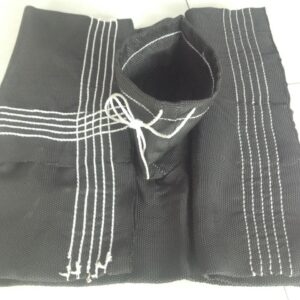
Products
Geocells
The design of geocells is inspired by honeycomb structures. Geocells can not only be used for foundation stabilization, but also for erosion
control on slopes and channels and for the construction of retaining walls.
Description
Geocells Introduction
Geocells are available in various sorts and specifications to solve various issues with different soil types. The best way to categorize geocells is perforated and non-perforated geocells.
Perforated geocells have small holes in them that allow water and air to flow through. This type of geocell is best for applications where the soil needs to be able to breathe, like in a green infrastructure project.
What’s more, the perforations improve load distribution and reduce distortion. They are made up of a series of strips that connect to form cells. The strength of the perforated strip and the weld determine the integrity of the geocell.
Non-perforated geocells have smooth, solid walls and are best for applications where water needs to be kept out, like in a landfill. The smooth walls prevent the infiltration of water and help keep the soil inside the cell.
Geomembranes and prefabricated vertical drains are occasionally used as application-specific alternatives to geocells.





Reviews
There are no reviews yet.